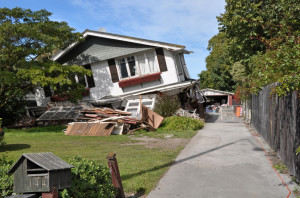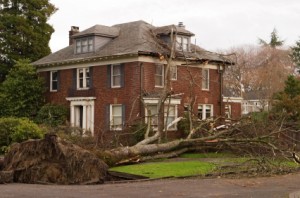Dear Liz: We are assembling our important document to-go box with the typical things advised should we need to evacuate, such as birth and marriage certificates, passports, insurance documents, mortgage statements, etc. Many of the documents can be accessed online, so I wondered about pay-off statements from old loans and mortgages. Is it important to take copies of those? Also, what about grant deeds from previous properties that we no longer own?
Answer: In a disaster, you’ll need information to help you establish your identity and document what you currently own. Focus on safeguarding the most important paperwork and figure you can recreate the rest if necessary.
Start with documents that would be time-consuming or a hassle to replace, such as passports, birth and marriage certificates, immigration records, military records, vehicle titles, home inventories, appraisals, home plans or blueprints, recent tax returns and wills or other estate planning documents. The originals should be stored in a water- and fireproof place, such as a home safe or other secure location.
Consider storing copies of these documents, along with photos of your driver’s license and vehicle registration, on an encrypted thumb drive in your go bag or in a secure cloud-based storage service (Everplans is one option.) You could put physical copies in your evacuation bag, but much of the information could be helpful to an identity thief if stolen so you’ll have to weigh convenience against security.
Insurance policies are usually accessible online, but you may want to include your insurance companies’ contact information and policy numbers.
Also consider digitizing any family photos that aren’t already stored in the cloud. You may not have time to grab albums, and disaster victims often lament not having copied irreplaceable photos.


